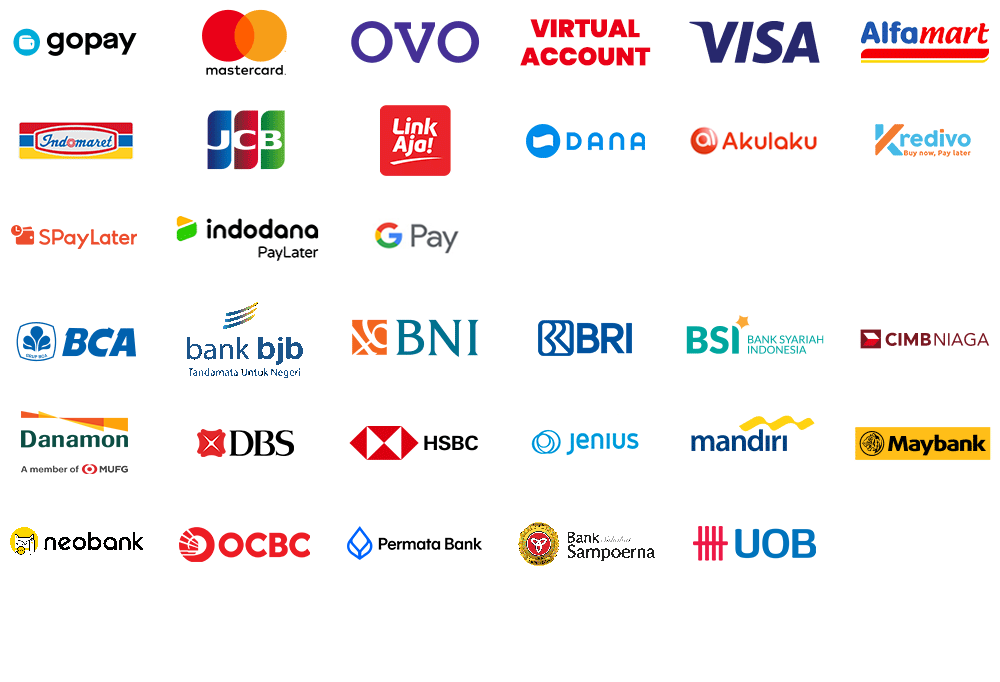OVO188: Link Toto Slot Hari Ini Bandar Slot Gacor 4D Resmi & Terpercaya Jadi Pusat Maxwin

-
Pendaftaran resmi dibuka!

- Pendaftaran resmi dibuka!
OVO188 menyediakan Link Toto Slot Hari Ini yang merupakan jalur akses resmi dan paling stabil menuju kemenangan. Sebagai Bandar Slot Gacor 4D Resmi & Terpercaya, kami telah menjadi Pusat Maxwin utama bagi para bettor. Link Resmi ini menjamin Anda terhubung ke Slot Gacor 4D yang optimal dan taruhan Toto yang akurat. Dengan Link Toto Slot Hari Ini kami, Anda mengamankan akses ke Situs Terpercaya yang terbukti efektif dalam memberikan Maxwin besar secara konsisten.
Saya sudah mencoba beberapa situs hiburan digital, dan OVO188 terasa lebih unggul di banyak aspek. Mulai dari tampilan yang rapi, performa server cepat, hingga sistem transaksi yang efisien. Pelayanan adminnya juga sangat responsif. Semuanya membuat pengalaman bermain semakin aman dan memuaskan.
Mulai dari performa situs yang smooth, pilihan game yang selalu update, hingga proses transaksi cepat tanpa kendala. Ditambah dukungan layanan pelanggan yang selalu sigap, membuat OVO188 jadi salah satu situs paling nyaman dan terpercaya untuk dimainkan.
Sudah beberapa kali main di OVO188 dan selalu puas. Tidak pernah lag, sistemnya jelas, dan withdraw cepat banget. Recommended!
JNE Reguler Gratis
FAQ
OVO188 menyediakan Link Toto Slot Hari Ini yang merupakan jalur akses resmi dan paling stabil menuju kemenangan. Sebagai Bandar Slot Gacor 4D Resmi & Terpercaya, kami telah menjadi Pusat Maxwin utama bagi para bettor. Link Resmi ini menjamin Anda terhubung ke Slot Gacor 4D yang optimal dan taruhan Toto yang akurat. Dengan Link Toto Slot Hari Ini kami, Anda mengamankan akses ke Situs Terpercaya yang terbukti efektif dalam memberikan Maxwin besar secara konsisten.
Karena OVO188 selalu menerapkan system fairplay untuk seluruh member serta kami selalu menjaga data setiap member dengan aman. Jadi member tidak perlu khawatir dengan pola permainan karena peluang menang besar tetap selalu terbuka di ovo188.
Tentu ! OVO188 merupakan pelopor togel online terbesar TOP 1 INDONESIA itu terbukti dengan banyaknya member ovo188 yang sampai saat ini masih setia bersama kami.

Panduan & Layanan









